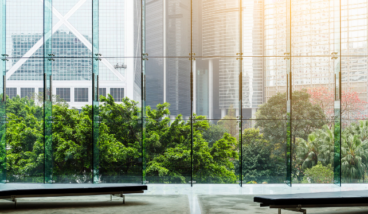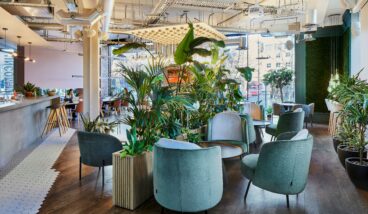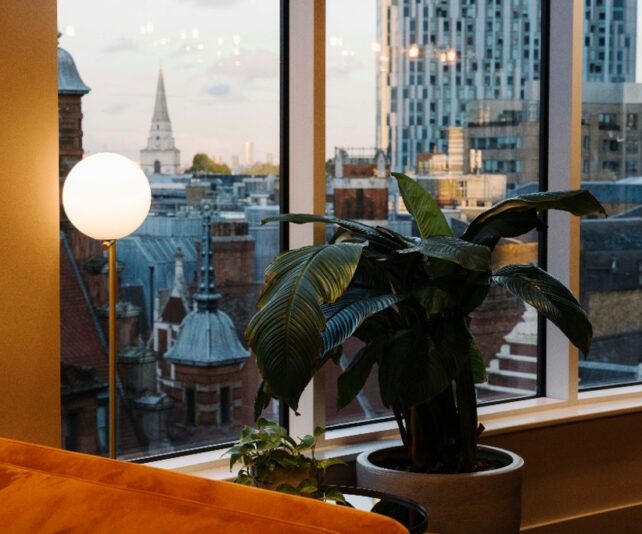
The importance of Biophilic Design in the Workplace
The History of Biophilia
Biophilia was first named by the psychologist Erich Fromm. Fromm believed Biophilia represented the “connections that human beings subconsciously seek with the rest of life”. Simply put, Biophilia is a love for nature. This was further elaborated on by the Biologist Edward O. Wilson in his book: Biophilia. Wilson argued that humans have an innate connection to nature and binds us to the earth. Fromm and Wilson were the first to name Biophilia, however, its has been eluded to for many centuries. Aristotle’s ‘love for life’ and Darwin’s Human Nature are almost certainly biophilic in every way except name.
The importance of this is the connection between human beings and nature. It is estimated that the average British person spends 22 hours a day indoors, equating to 90% of our days. Furthermore, in modern society, 56.2% of humans live in sprawling concrete jungles, so, maintaining a close connection with nature is more important than it has ever been.
“Introducing Biophilia into your workplace design has been demonstrated through research to have significant physiological and physical benefits.” – AIS Interiors
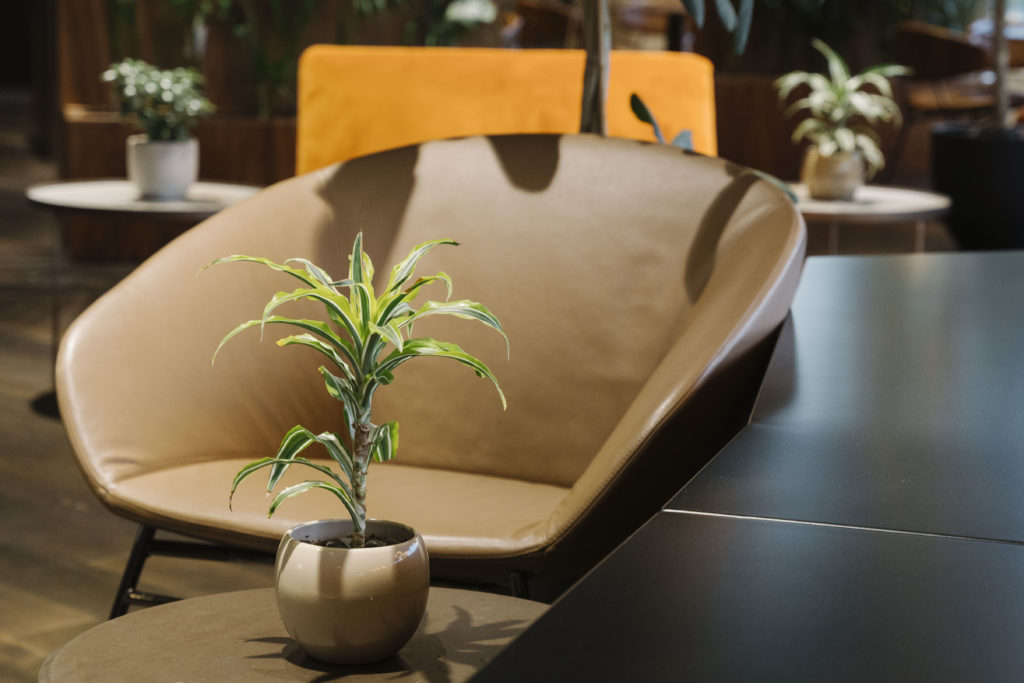
Biophilic design
Due to the importance of nature to human beings, biophilia has been adopted as an architectural design idea. This is to make nature the focus in construction. There are several different aspects to biophilic design, however, these can be divided into direct and indirect.
There are seven direct design elements for biophilic design:
Natural Light
Natural light helps humans form a biological sense of time. Watches and clocks work brilliantly, however, the genetic development of human bodies to understand time through the sun is still an important need.
Air
Air, seemingly exists everywhere, however, it is what the air tells us that is highlighted in biophilic design. Temperature, airflow and humidity are tell-tale aspects to biophilic design.
Water
Water provides a multisensory experience. Sound, sight and touch are all important to the design. When used in buildings, people have noted a decrease in stress, an increase in health and improved satisfaction.
Plants
The vegetation of plants brings an instant visual uplift to a building. However, the oxygen replenishment is the principle benefit, replacing old CO2 with Oxygen.
Animals
This is the hardest aspect of nature to incorporate in design. However, for all animal owners, it’s clear as to why this is so beneficial to human beings.
Natural Landscape
Natural Landscapes promote the idea of space and wildlife. This is hard to achieve in hyper-modern cities with huge sprawling skylines. However, gardens and outdoor green spaces help to stimulate this principle.
Fire
Human beings love fire, but only when it is contained. A fire brings warmth, colour and light into a space.
Biophilic design does not stop there. Other important aspects include images of nature, earth-tones and natural materials. Wood, stone and vegan leathers provide luxurious interior design whilst giving us connection to nature.
Space is considered highly important in biophilic design. Here’s how space can effectively be managed:
Mobility
How humans move in the space is vital; this provides security and safety. Clear signing and easily accessible entry and exit will bring this into a design.
Integration of parts
A series of separate parts that comprise a whole gives occupants great satisfaction. A central focus point is key in great design.
“According to environmental design consultant Bill Browning, biophilic design embraces our innate affinity for the natural world.” – Coalesse
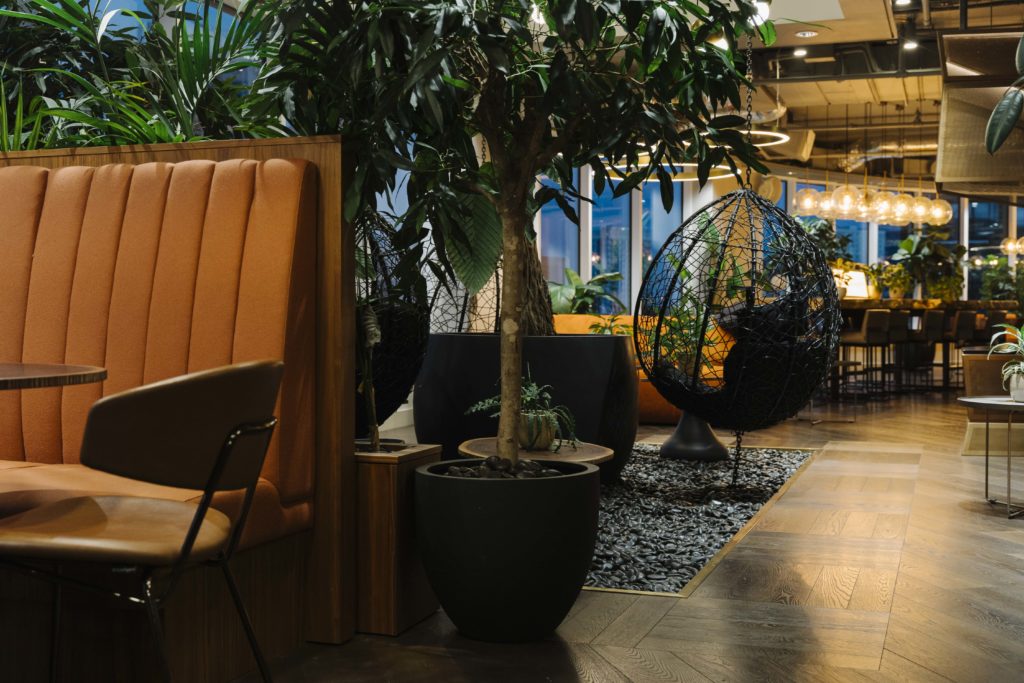
Biophilia at Uncommon
Natural light is the most important element for any uncommon space. It helps to improve sleep, boosts vitamin D and helps to reduce the stress caused by fluorescent lighting. Uncommon wants the best for you and your business and we know natural light is a great step.
The airflow of our building is regulated and controlled to provide you with the best environment possible for working.
Several of our spaces include fireplaces to provide warmth and serenity during the long winter months.
The mobility of our building’s is easy with clear signing and helpful staff to make navigating a new space as easy as we can make it. All our buildings feature a concierge reception and a café to provide a central focus point and the best support for your office and team.
Here at Uncommon, our mission is to help your business reach the next level. We believe that by providing a space that can encourage efficiency, innovation and happiness that we will benefit any business who works in our space. Ultimately, we feel biophilia provides a rewarding and great place to work.
Uncommon takes pride in helping businesses thrive. Our workspaces are designed with your wellbeing in mind. Every single detail helps create an environment in which you can feel good about where and how you work. Visit our locations in Borough, Highbury & Islington, Fulham, and Liverpool Street to experience our unique vision of working life across London.
